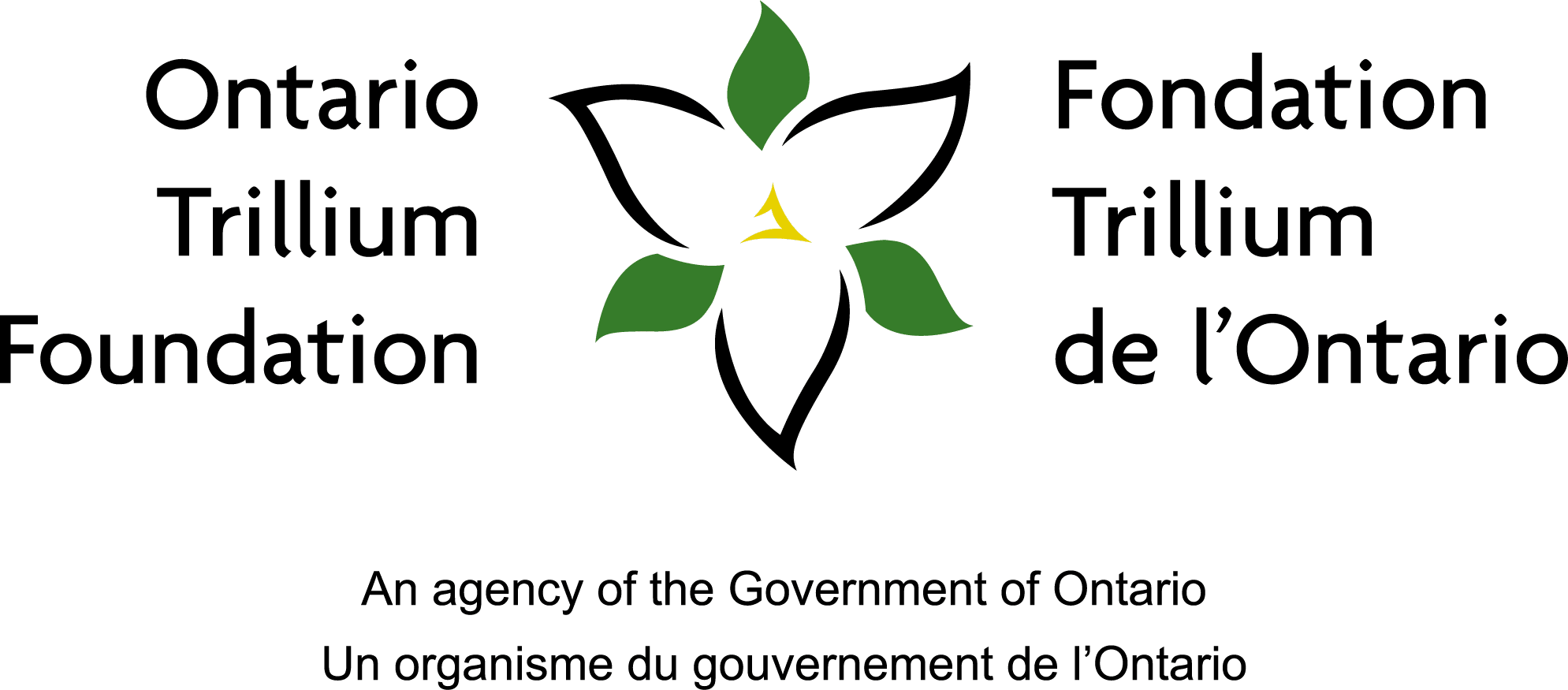When students enroll in a journalism school, they are told to mind journalistic ethics and get in the habit of attributing sources, lest they get caught plagiarizing, even unintentionally. For most journalists, the idea of public embarrassment is warning enough to heed the advice. However, the industry is often ruthlessly competitive when it comes to giving student journalists their due.
There’s no copyright on ideas as long as reporters do their own reporting, yet giving credit to campus publications tends not to be the norm, according to Tyler Griffin, Jillian Piper and Tahmeed Shafiq, editors-in-chief (EIC) and Managing Editor at The Eyeopener, The Charlatan and The Varsity, respectively.
“Just put a comma after the fact and ‘said according to so and so,’ and then, it costs you virtually nothing to hyperlink,” Shafiq said. “At The Gazette, Liam and his team have been covering the incidents of sexual violence with incredible dedication and sensitivity,” granting them nationwide recognition.
But Shafiq wonders if The Gazette’s acknowledgement was because of the social media discourse about the alleged sexual assault incidents being at Western University – where the local press often collaborate with students. Liam Afonso and Hope Mahood, the EIC and the Coordinating Editor at The Gazette, also confirmed that the local media conglomerates support students’ journalistic endeavours.
“We have just the opposite experience. I always felt that the news publications treat us with the utmost respect, which means a lot to us as students,” said Afonso. He also mentioned that in rare instances where the publications did not source The Gazette, they were “quick to fix it.”
“Whenever there was a public event, I always felt welcomed by the local journalists, especially. The local publications go even further to re-report our news and link our stuff in their tweets,” said Mahood.
On the other hand, Griffin said that the most recent and notable example that showed subpar regard for student journalism transpired in August (2021) as Ryerson University’s independent newspaper, The Eyeopener, and The Toronto Star reported on the university’s renaming decision. The EIC also said that The Star referenced the campus publication in their initial news story only to rescind it later. “The Eye,” he continued, “mandates their reporters to attend every single Board of Governor meeting, Ryerson Student Union meeting, and the renaming story was the result of being there.”
“Why wouldn’t you lend a hand or give a mention to the student newspaper that was the first one on the scene? It is a competitive industry, and one mention in the Globe and Mail and the Toronto Star can do a lot for a student’s career,”
– Tyler Griffin, Editor-in-chief at The Eyeopener
To clarify, The Star’s public editor, Bruce Campion-Smith said, “The Star endeavours to credit other news outlets when they have exclusive stories that the Star is following.” He further explained that the publication’s web and print story credited The Eye. However, he also confirmed that one of the other web stories, written the same day, removed the attribution once the reporter verified the information independently.
Maria Sarrouh, former EIC for On The Record (previously, The Ryersonian) and a staff reporter at The Star also said that it was due diligence to confirm information independently, but added, “A reference to the outlet, which broke the news initially should remain in the story. Probably, even more so because it is a campus paper.”
Griffin said that he recognizes The Star’s effort and their subsequent update, but he dubs the act of rescinding student attributions as a “bad practice” that has become “industry standard.”
“Why wouldn’t you lend a hand or give a mention to the student newspaper that was the first one on the scene? It is a competitive industry, and one mention in the Globe and Mail and the Toronto Star can do a lot for a student’s career,” he said.
To suggest that poached attributions are isolated events, centred around the Greater Toronto Area, might not be entirely accurate. The Charatan has had its share of disappointments concerning publications using “entire articles without giving any credit,” Piper said.
Piper adds that this year, Carleton University’s independent paper is establishing policies that would allow the student journalists to hold publications accountable “by asking for attribution or compensation, if and when needed. We often talk about attributing facts to the sources, and the fact that we are not attributing each other is hypocritical.”
While some journalism students feel a general sense of dismissal, others, like Afonso Mahood and Kate Korte, EIC at University of Victoria’s campus publication, Martlet, have no complaints about attributions.
When asked about the growing anxiety around proper accreditation, Korte offered a rebuttal. She noted that just because a few student journalists say that the larger media organizations don’t give them the credit, “doesn’t necessarily mean it is consistent across the board. In Victoria, I have noticed our media scene is changing for the better.” Korte, who’s been with the publication since 2018 said that collaboration is the norm. She even shared multiple examples of her stories, where the legacy news corporations upheld and even credited her work.
“I understand that scoops are exciting, but ethics shouldn’t fly out the window.”
Jillian Piper, Editor-in-chief at The Charlatan
However, Martlet alums and Korte’s former peers, Natasha Simpson and Emily Fagan revealed a different story. Simpson said that in 2019 when she covered UVic’s (internal) investigation against Vikes Women’s Rowing team’s head coach for harassment, The Canadian Press (CP) also reported on it without crediting her work leaving her disappointed. She said, “credible journalists cite their sources,” and with her work not being cited accurately, she felt “overlooked,” and her effort “disregarded by another writer who wrote as though she was the one breaking the story”
Simpson said that the rowing investigation was the only time she felt that she was not credited accurately, but a similar situation transpired with one of her male peers. What’s more, when the former Martlet EIC, Emily Fagan, reached out to CP, the publication replied that they did their own reporting.
Fagan further said that during her time as the EIC, there were multiple instances when local publications ran Martlet’s stories without giving due credit. Each time she contacted a local writer or publication who poached the newspaper’s credit, “they responded by suggesting that it was industry standard not to credit other outlets.”
The former EIC disagreed with Korte’s take and said that the publication earned its reputation, and “being cited became a norm” because previous cohorts “fought for it.” Fagan credited the Martlet’s longer, in-depth investigative articles (the Wet’suwet’en solidarity actions and UVic’s rowing coach investigation) in molding the publication into a credible source “that punched way above its weight and was taken more seriously by other local media, even when they did not credit us.
Journalism students often brave the stresses of a precarious job market, inadequate internships, keep up with school and work in a pandemic-ridden world where all factors can work together to decimate their mental health. In such a situation, a suck-it-up attitude and antiquated cutthroat policies might not be the most reliable way to pass the torch.
As such, a possible alternative to feeling neglected or sidelined could be an industry-wide collaboration, said Anita Li, a journalism professor at Ryerson University.
Li said that she looks for new ways to encourage collaboration and empower budding journalists by incorporating her Toronto-based digital start-up, The Green Line, as part of the curriculum. “The idea is to give students an opportunity to work in a professional newsroom environment. It (The Green Line) is not a campus paper, but it is also a place that respects the work journalism students do.” According to The Green Line’s founder and EIC, many newsrooms recognize student effort, but she also was quick to note “the status quo industry systems need to move towards a more collaborative framework.”
Agreeing with Li, Piper said that it would be refreshing to see more partnerships in the industry that brushes its budding journalists aside, and offered another simple strategy – a call-back to the code of ethics, which all journalists must follow.
“I understand that scoops are exciting, but ethics shouldn’t fly out the window. We should still be giving credit where it is due. Student journalists work hard to get those scoops or photos and to see that not even credited to them, it’s disheartening. It’s time that the newsrooms start taking a hard look at what they are allowing to go on.”









